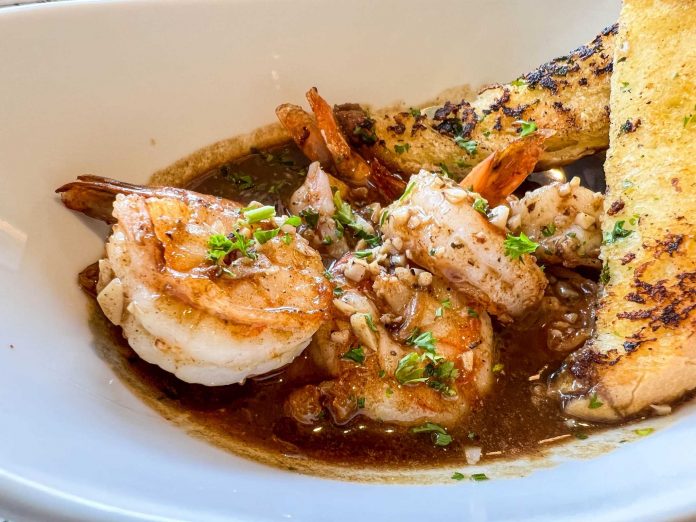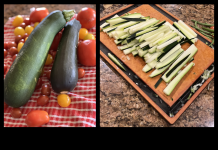The Gulf Coast has a long tradition of naming dishes creatively when it comes to using the term “barbecue,” especially when it comes to seafood.
If we’re sticking with the nomenclature (and they certainly are Texans), “barbecue” is defined as cooking and seasoning meat with heat and smoke, using a (smoke) device in which the fire is on the side (offset) of the cooking chamber.
Other countries and cultures are certainly not very strict when it comes to this term. ‘Barbecue’ around the world – think Australia – refers to direct heat cooking, where the meat is placed directly over the heat source.
Even in the United States, “backyard barbecue” traditionally refers to cooking meat on a kettle-style grill over direct heat. As Texans, we’ve all visited family in other parts of the country where they host “barbecue” which is technically “grilling” meat over direct heat.
Depending on the state of our relationship with these family members, we may begin to soliloquy Critical difference between grilling and grilling. Although it may tire the eyes of family members, we as Texans are committed to educating the rest of the country about the correct use of one of the most honored words in the Lone Star State Dictionary.
Not so fast, my buddies from Texas. We are also guilty of incorrectly applying the term “barbecue” to other dishes.
302 W Crosstimbers, 346-800-4668
Open from 4 to 9 p.m. Tuesday through Saturday; 10:30 AM – 3:30 PM Sunday.
Reservations are recommended.
The most famous example of this isBBQ lobster. This dish is native to southeast Texas and features whole blue lobster that’s been dredged in hot spices and then fried. It was invented at the legendary Granger’s on Sabine Pass in the 1940s, and it’s still a standard item on the menu in places like Beaumont and Port Arthur.
However, the only weak connection to barbecue is its flavor profile, which includes plenty of salt, paprika, and cayenne pepper—all ingredients you can find in a dry meat rub or barbecue sauce.
Another seafood dish based on the barbecue label is “barbecue shrimp”. Although it originated in New Orleans, you can find it on menus in Southeast Texas.
Again, there is no connection here with the technical definition of barbecue. Sure, we see grilled shrimp on a lot of Houston’s menus, but this isn’t the same as the Creole-flavored BBQ shrimp from our Louisiana cousins.
Grilled shrimp is all about the sauce, which might explain the name.
The dish became popular and continues to feature on the menu at Mr. B’s Bistro in New Orleans, the dish features unpeeled shrimp sautéed in a hot, savory liquid flavored with butter, garlic, and Worcestershire sauce. It really reminds us of a vinegar barbecue sauce. Slices of French toast are provided to mix in any remaining sauce.
In Houston, the newly opened Gatlin’s Fins & Feathers (from the same family as Gatlin’s BBQ) is an excellent southeast Texas-inspired version. Chef Michael Wallace previously worked with Chef Mark Holly at Pesce’s seafood-focused restaurant in the River Oaks (now closed), where grilled shrimp was on the menu.
Its sauce features large and small bits of fresh garlic drenched in all the traditional ingredients of the dish, with an extra dash of lemon juice to add some sparkling acidity to the richness of butter and super-flavored Worcestershire sauce. Instead of the traditional whole shrimp, she uses peeled and deveined Gulf shrimp.
Although purists may insist that you use the unpeeled shrimp head on, I’m a huge fan of the more easy-to-use shrimp that has already been peeled. In addition to the shrimp, tall slices of crunchy garlic toast are included and great for soaking up the last sauce you don’t call barbecue.
twitter.com/jcreidtx




